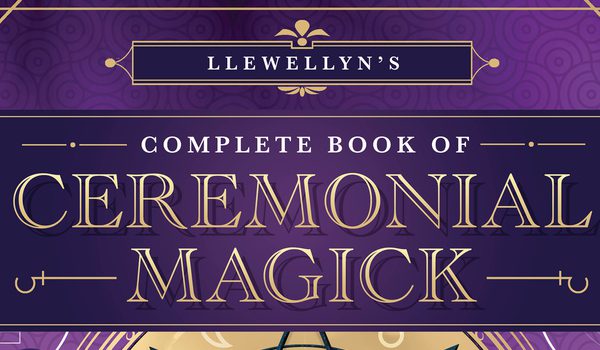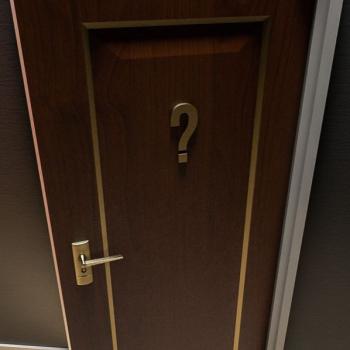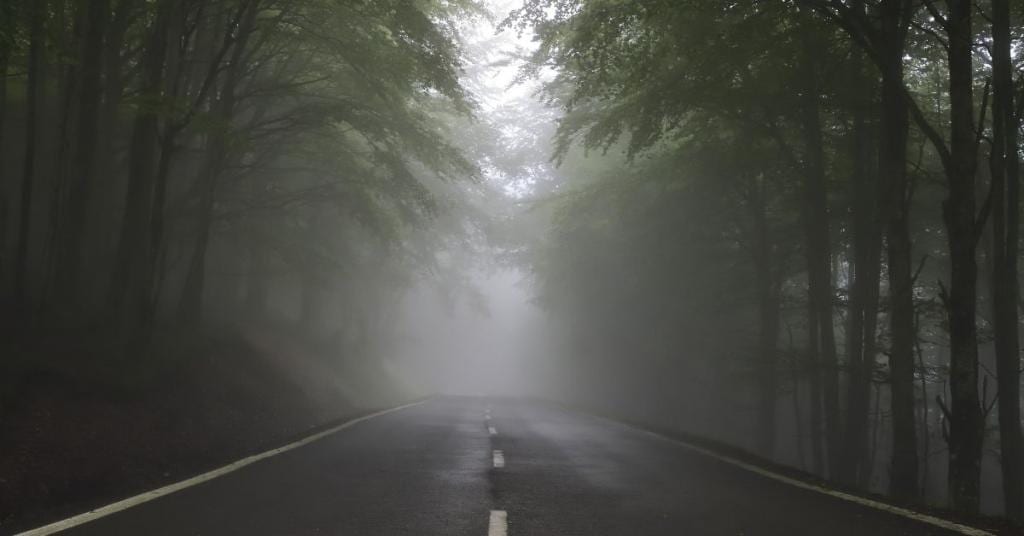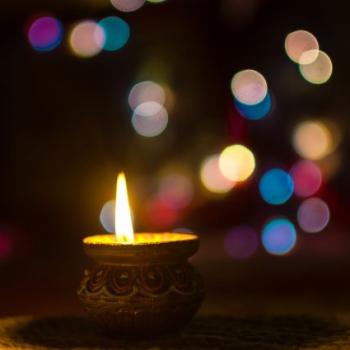Have you got your copy of the Big Purple yet? Llewellyn’s Complete Book of Ceremonial Magick is subtitled “A Comprehensive Guide to the Western Mystery Tradition”. Complete and comprehensive are accurate descriptors of this massive book. It’s meant to be a reference for public and private libraries everywhere. I find myself referring to it even more frequently than I expected.
Each of the eleven chapters or “Books” takes on one of the major topics in the field. They really are mini-books written by the foremost authority in the field. It’s worth reproducing the table of contents so you can check out the breadth of knowledge and the quality of the contributors. Editors Lon Milo DuQuette and David Shoemaker assembled an outstanding team.
Book One: Foundations of Western Magic – Sam Webster
Book Two: Qabalah – Anita Kraft and Randall Bowyer
Book Three: Planetary Magic – David Rankine
Book Four: Alchemy – Dennis William Hauck
Book Five: Demonology & Spirit Evocation – Dr. Stephen Skinner
Book Six: The Magick of Abra-Melin – Marcus Katz
Book Seven: Enochian Magick & Mysticism – Aaron Leitch
Book Eight: The Golden Dawn – Chic Cicero and Sandra Tabitha Cicero
Book Nine: Thelema & Aleister Crowley – David Shoemaker
Book Ten: Polytheistic Ceremonial Magic – John Michael Greer
Book Eleven: Magician’s Tables – David Allen Hulse
Epilogue: The Future of Magick – Brandy Williams
I knew the work of some of these folk before the book came out. You’d expect David to write about Thelema, his book Living Thelema is one of the two essential references to get started in the practice (Lon’s own Magick of Aleister Crowley is the other one). For the Golden Dawn, Chic Cicero and Sandra Tabitha Cicero are the successors to Israel Regardie’s mantle of leadership, writing book after book that detail how this magick works. Their summary here is a Cliffs Notes to their work.
Some of the work here is new to me. I recently had a chance to meet Anita Kraft in person and went back through the Qabalah chapter she wrote with Randall Bowyer. I’m putting this on the reading list for every Sister of Seshat initiate, it’s such a clear and readable introduction to a notoriously complex subject. I know magicians who have attempted the Abramelin operation but I didn’t know about Marcus Katz until I read his chapter. It’s a personal operation and his explanation of it is personal, aimed at the reader who decides to attempt it and illustrated with his own experiences.
The text boxes tipped into the chapters capture brief biographies and descriptions of practices. I have three favorites: Jason Mankey’s “Modern Witchcraft” manages to pack a history lesson with a description of the contemporary landscape. Witchcraft owes so much to ceremonial magick and I’m glad to see a note included here. Also there are two biographies that are dear to my heart written by two women who I admire. Harper Feist contributed “Jane Wolfe” and Lauren Gardner wrote “Phyllis Seckler”. It’s important to keep the memory of women’s contributions alive since they are often written out of history. It’s also important to make space for women to develop as writers and historians. Lon and David demonstrate their commitment to these principles here.
I mention this sheepishly, but I was thrilled to see Lon recommend my piece in his introduction. He said “It is a true prophetic document and a breathtaking example of the visionary inner eye of a true magician”. It’s the greatest accolade I’ve ever received and the piece remains the best I have written.
As I continue to write about ceremonial magick I pick up this book again and again to reference how each of the contributors covered the material. It’s eminently citable. It covers such a lot of ground that it’s bound to have something new to every magician who reads it. The book makes a great gift and I find myself giving it to people for a specific connection (“Here, read Anita and Randall’s piece on Qabalah!”) and for the breadth of the material (“You want to learn ceremonial magick? This is a good start”).
Why is it called the Big Purple? No surprises here. It’s really purple, and it’s really big.

















